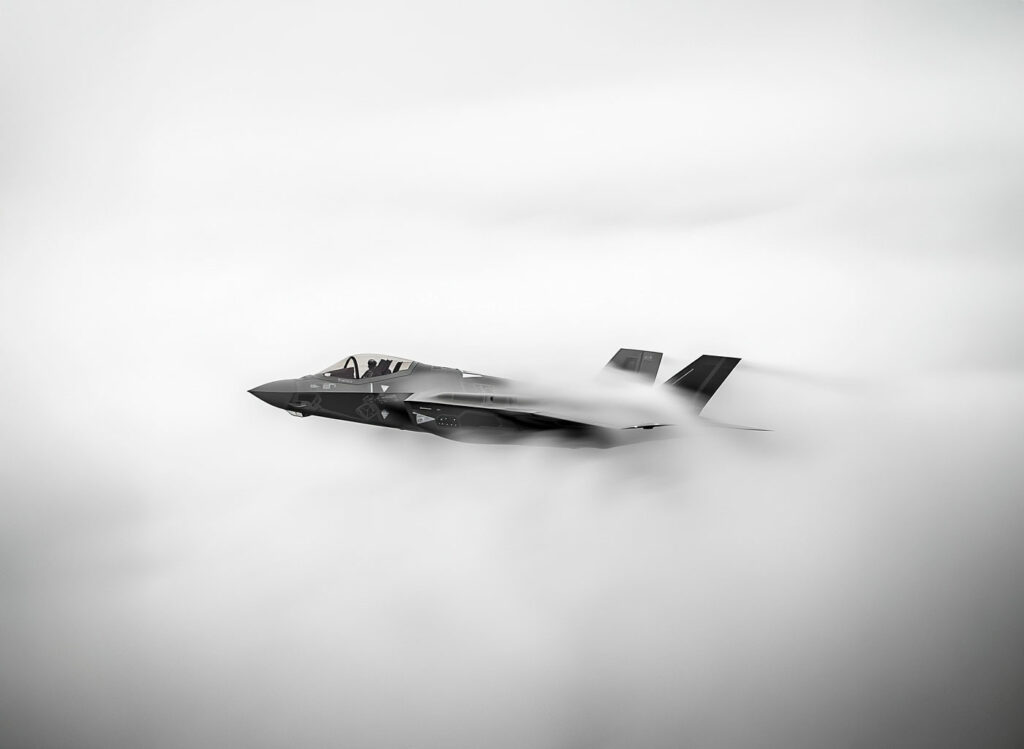
Bern faces a budget overrun of more than CHF 1 billion for 36 F-35A aircraft. With no fixed price, tensions with the US and renewed debate, the program is set for reassessment.
Switzerland, which has committed to purchasing 36 F-35A fighter jets, is now facing spectacular cost overruns. Initially estimated at 6.035 billion Swiss francs, the cost could rise by 650 million to 1.3 billion CHF, or even more. This reversal has shaken confidence in the management of the project. The unguaranteed nature of the fixed price has raised questions about the robustness of the contract. At the same time, some observers see a link between this reassessment and political and customs tensions with the United States. This context is reigniting the controversy: opponents of the purchase are gaining strength and considering alternatives, particularly European aircraft, while pointing to the need to reconsider the appropriateness and volume of the purchase. Bern must now decide between maintaining the acquisition, possibly reducing the number of jets, or even reconsidering the initial choice.
The fixed price is now uncertain
The contract signed in 2022 provided for the purchase of 36 F-35As for CHF 6.035 billion. However, the US authorities recently stated that this amount was not guaranteed. They cite cost increases linked to inflation, higher raw material prices and new customs duties on certain Swiss exports, justifying a revision of the cost. Faced with this budgetary uncertainty, the Swiss federal government now estimates that the project could cost an additional CHF 650 million to CHF 1.3 billion, or even more if the price negotiations in Washington are not successful. This situation highlights the fragility of a major acquisition without a firm clause and casts doubt on the contractual solidity that was initially touted.
Economic tensions weaken the agreement
Some see the cost increase as a reflection of a tense diplomatic climate. New tariffs imposed by the US, particularly due to Switzerland’s trade surplus, have heightened the atmosphere of mistrust. This situation reinforces the feeling that the F-35A contract has become a lever of pressure. Some politicians and observers see this as an indirect attack on Swiss procurement policy and believe that Bern failed to anticipate this fragility in its trade relations. This perception is fueling public and political debate surrounding the purchase decision.
The debate on the relevance of the acquisition reignited
The threat of budget overruns has given new impetus to opponents of the purchase. Those who have already launched a popular initiative to cancel the contract are gaining strength, arguing that a European aircraft would have better preserved sovereignty and the budget. They question the Federal Council’s caution, arguing that the American aircraft, despite its modernity, could prove too expensive and politically dependent. These criticisms, which already focused on long-term operating costs and technological dependence, are finding new resonance in the current context.

The Federal Council reassesses the options
After negotiations with Washington failed to produce a firm price, the Swiss government asked the Federal Department of Defense to reassess the entire project. The interim report is to examine several options: reducing the number of aircraft ordered, seeking additional sources of funding, or confirming the commitment despite the additional cost. Nevertheless, the authorities have reaffirmed their commitment to acquiring these stealth Javelins. They stress that the Swiss army currently has no alternative aircraft capable of ensuring national air defense by 2032, when the current F/A-18s will be withdrawn from service.
Comparisons and strategic issues
The initial budget included CHF 3.828 billion for airframes, CHF 1.927 billion for logistics and infrastructure, as well as CHF 107 million for ammunition, CHF 86 million for planning systems, and CHF 87 million in reserves, including CHF 5 million for inflation. With the new cost overruns, the program will clearly exceed CHF 7 billion, and may even reach CHF 8 billion. The possible switch to European jets—Rafale, Eurofighter, or Gripen—calls into question the uniformity of defense policy. However, the F-35 offers unique interoperability with European partners also involved in the program. The dilemma is between budgetary stability and cutting-edge operational capability.
Democratic challenges and political delay
The F-35 issue remains politically sensitive. In the 2020 referendum, the purchase of the jets was only narrowly approved (50.1%). A new referendum is technically possible, and the opposition is using it as a last resort. In addition, the timing of deliveries—between 2027 and 2030—imposes a certain urgency on the decision. Each quarter without a clear decision increases the risk of operational delays, while sowing uncertainty in the Swiss Air Force’s planning.
War Wings Daily is an independant magazine.